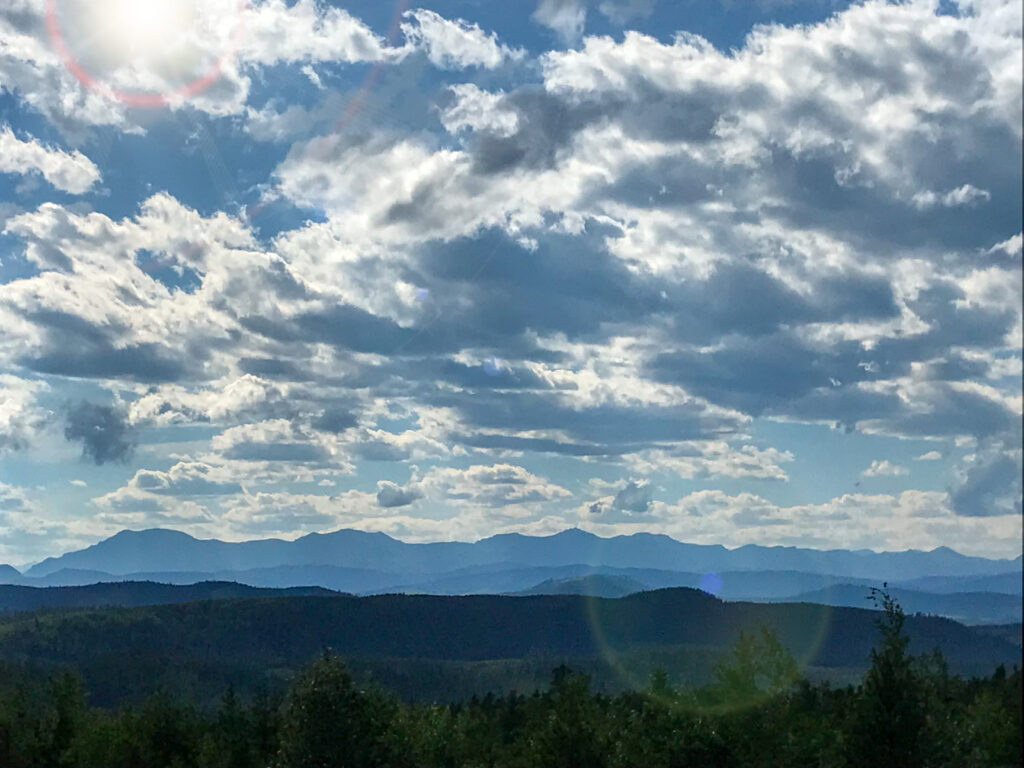Post Category : Archaeonerdism Archaeotourism
Visiting the Great Wall of China
In honour of the Mysteries of China IMAX series currently playing at the Telus World of Science, I decided to look back on my trip to the UNESCO World Heritage Site in February of 2014.
We took a tour to Mutianyu organised by our hostel in Beijing. This portion of the wall is in a mountainous region running southeast to northwest for 2.25 km. It takes about 1.5 hours to get to this section of the wall from Beijing. While you are on the bus the tour guide will take the time to tell you a bit about the history of the wall.
For those who don’t know, The Great Wall of China is several sections of a 21,196 km wall made of brick and stone along the northern borders of China to serve as fortifications against northern invaders. The wall was built over several centuries from the 7th century BC until the Ming Dynasty (1369-1644), first using rammed earth and locally sourced stone and later using bricks
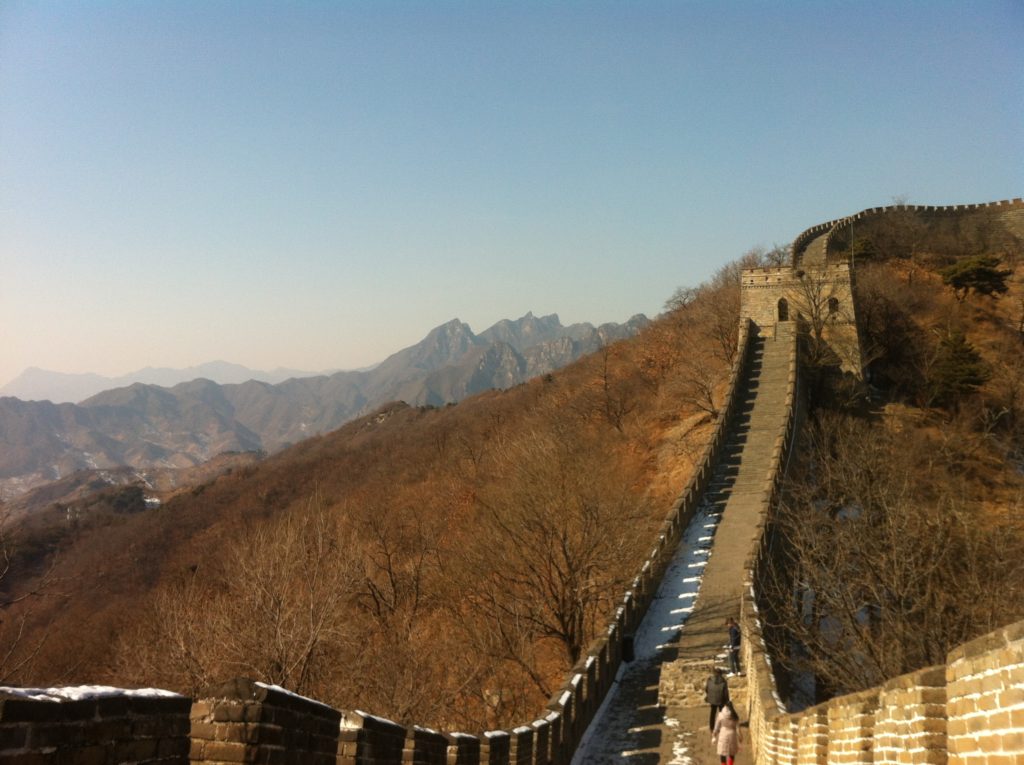
February is a good time to go because there were basically no crowds besides our tour group and, as a result, there were very few hawkers trying to sell us souvenirs. However, there were still a few touts but they are useful for getting snacks and water while you are hiking the wall. The only negative about visiting during this time of year was that it was a little chilly and we didn’t get the lush green vegetation and vibrant flowers.

.
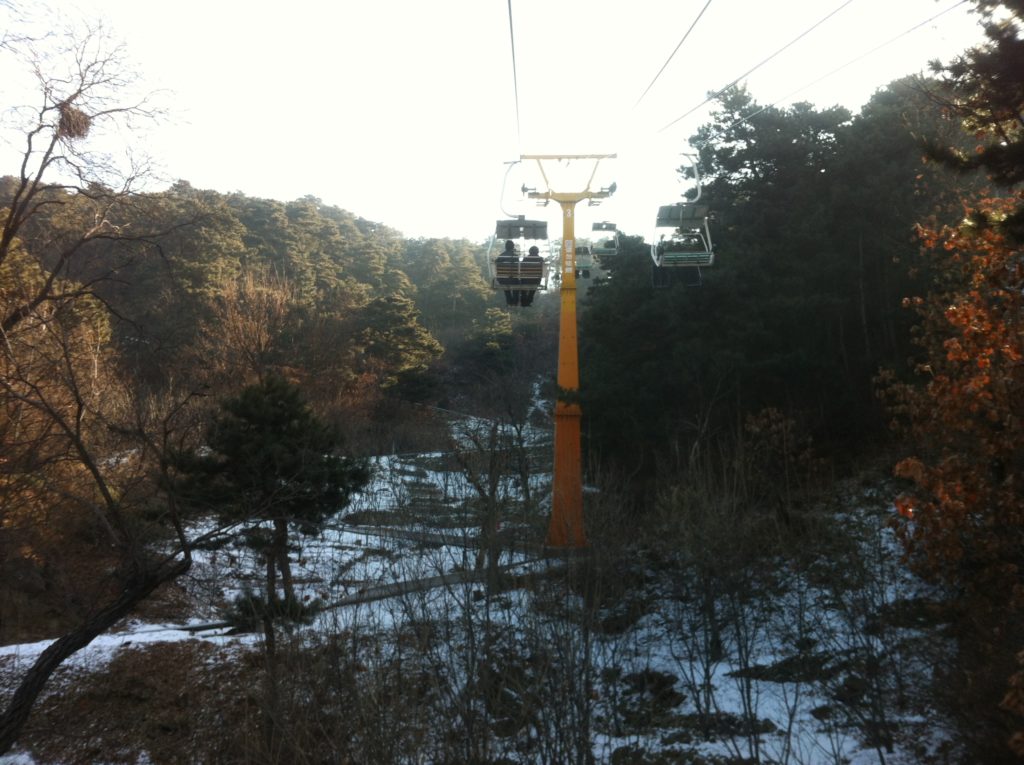
The bus will take you to the parking lot, where you will have to walk a few hundred metres to the group ticket gate. From here you can choose to either hike up to the wall or you can take the chair lift. Our tour guide told us that hiking once on top of the wall is challenging enough so we decided to conserve our energy and take the chair lift up. From here you will have great views of the surrounding mountains as your excitement grows as get nearer to the top.
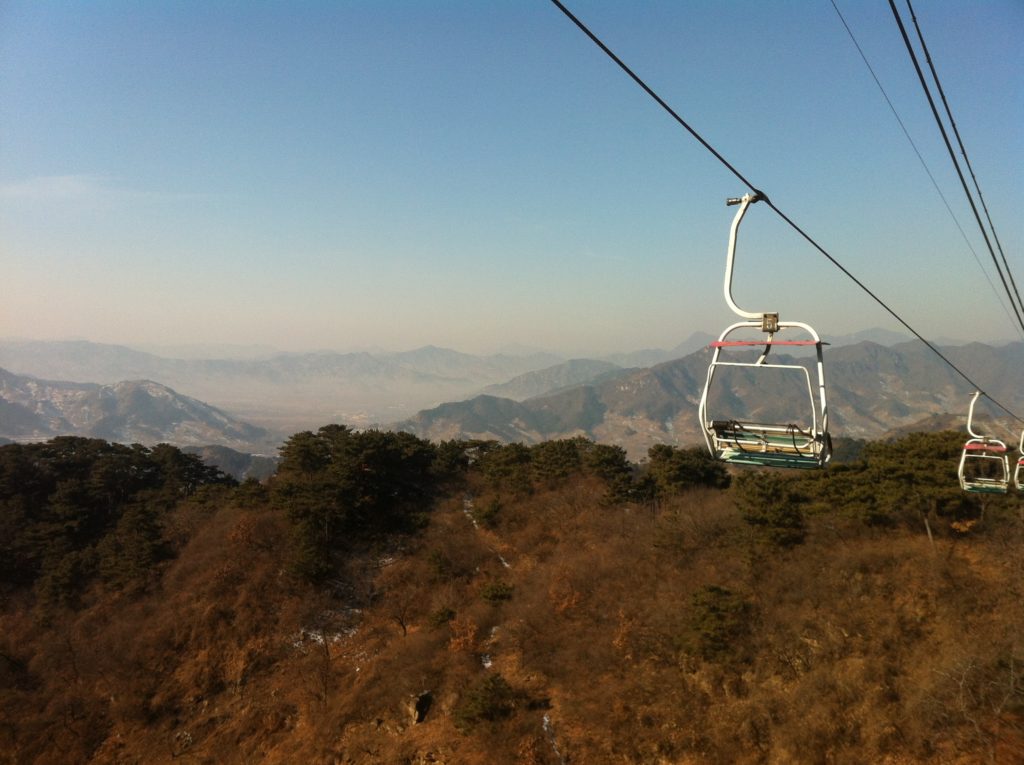
Once you get off the chair lift you are at Tower 14. You can turn left and head northwest towards Tower 23 which is the highest point at this section of the wall. This portion of the wall is all restored and is very steep. It is mostly uphill and there are a lot of steps that a predominantly uneven. You will see several watch towers, cannons, and buildings. The restored portions of the wall are pretty cool but after awhile it gets repetitive.
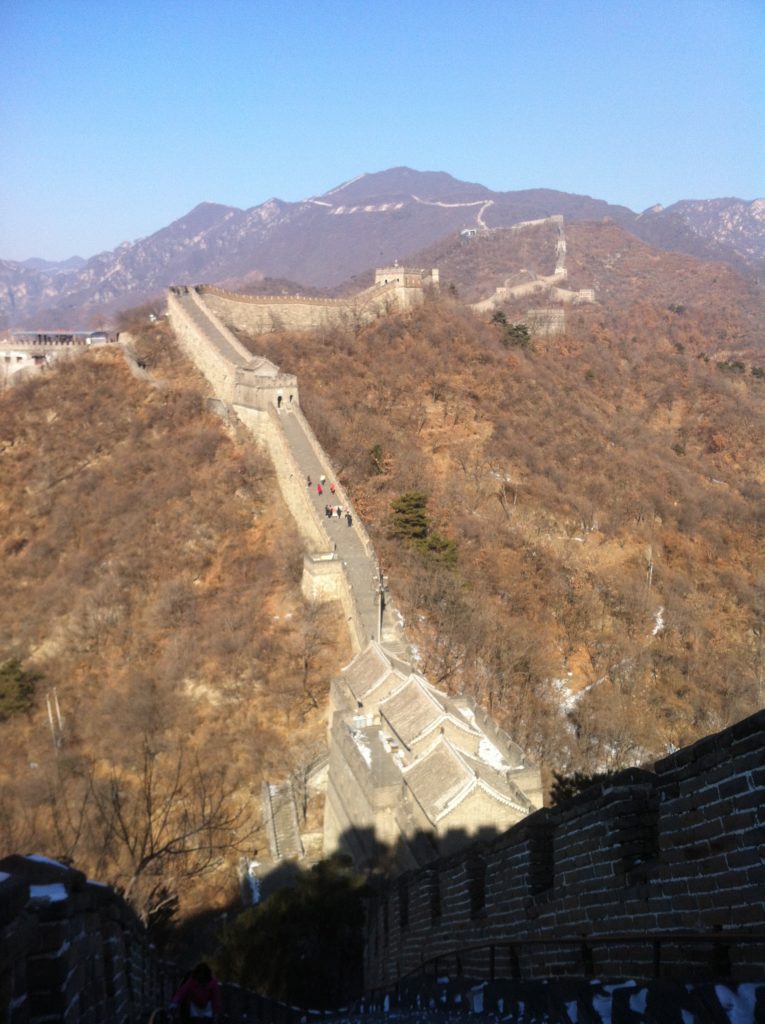
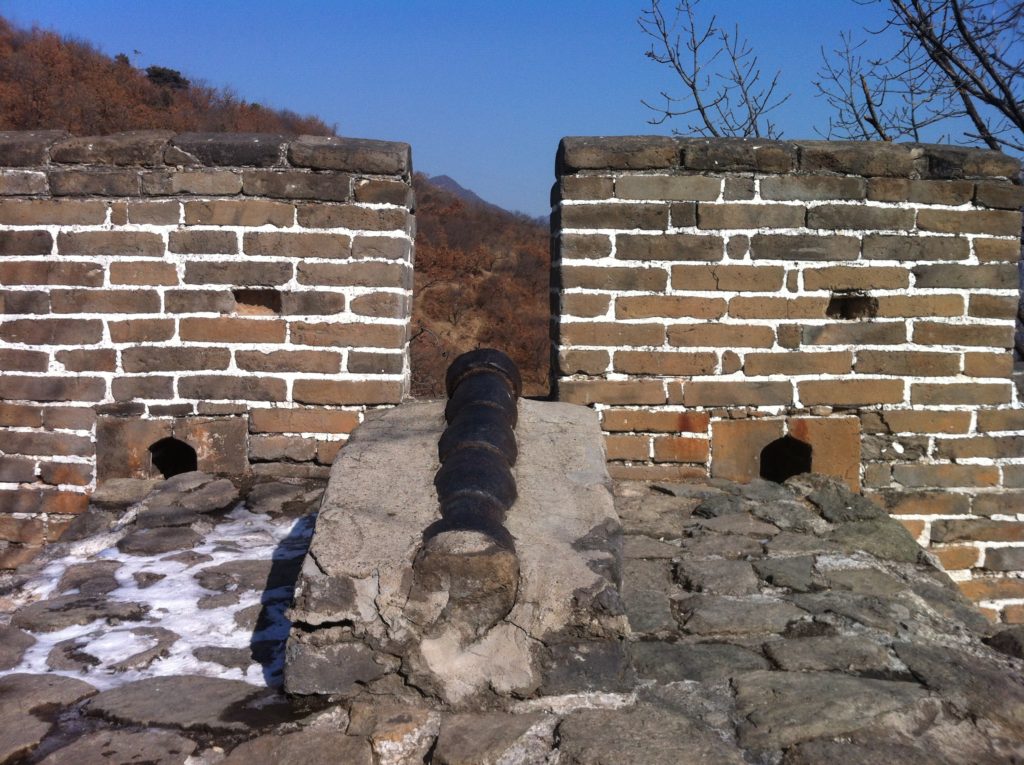
We worked our way back southeast toward Tower 14 and continued in that direction to get to the unrestored portion of wall. It is a bit of a hike to get to the unrestored area of the wall but it is not as steep as the previous section. This portion of the wall won’t be for everybody because it is covered in trees and many of the towers and wall sections are crumbling. I really enjoyed it as an archaeologist, it is a nice contrast to see the difference.


Click here to view a video taken at a peak along the unrestored portion of the wall
After about an hour or so here we headed back west. When you reach Tower 6, you can take a toboggan track back down to the ticket gate. This was really fun but we ended up getting stuck behind a guy who either had a malfunctioning toboggan or didn’t know how to work it. Once we reached the bottom we reconvened with our group and had lunch and some beers before heading back out to Beijing.
Click here to view a video of toboggan run
Stay tuned for another blog post about my visit to the Terracotta Warriors.

